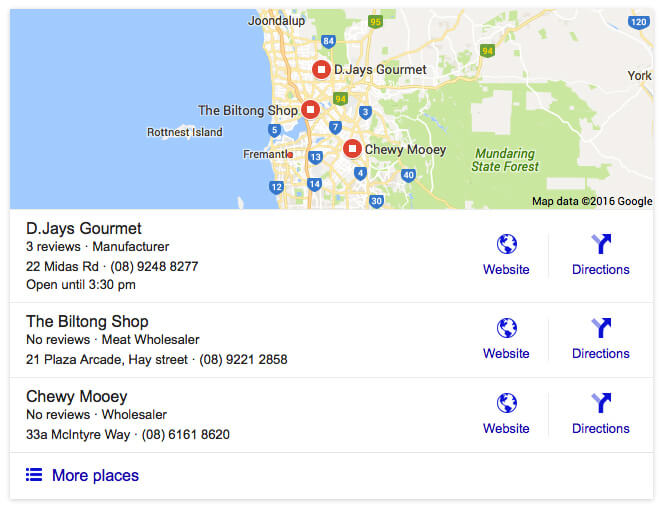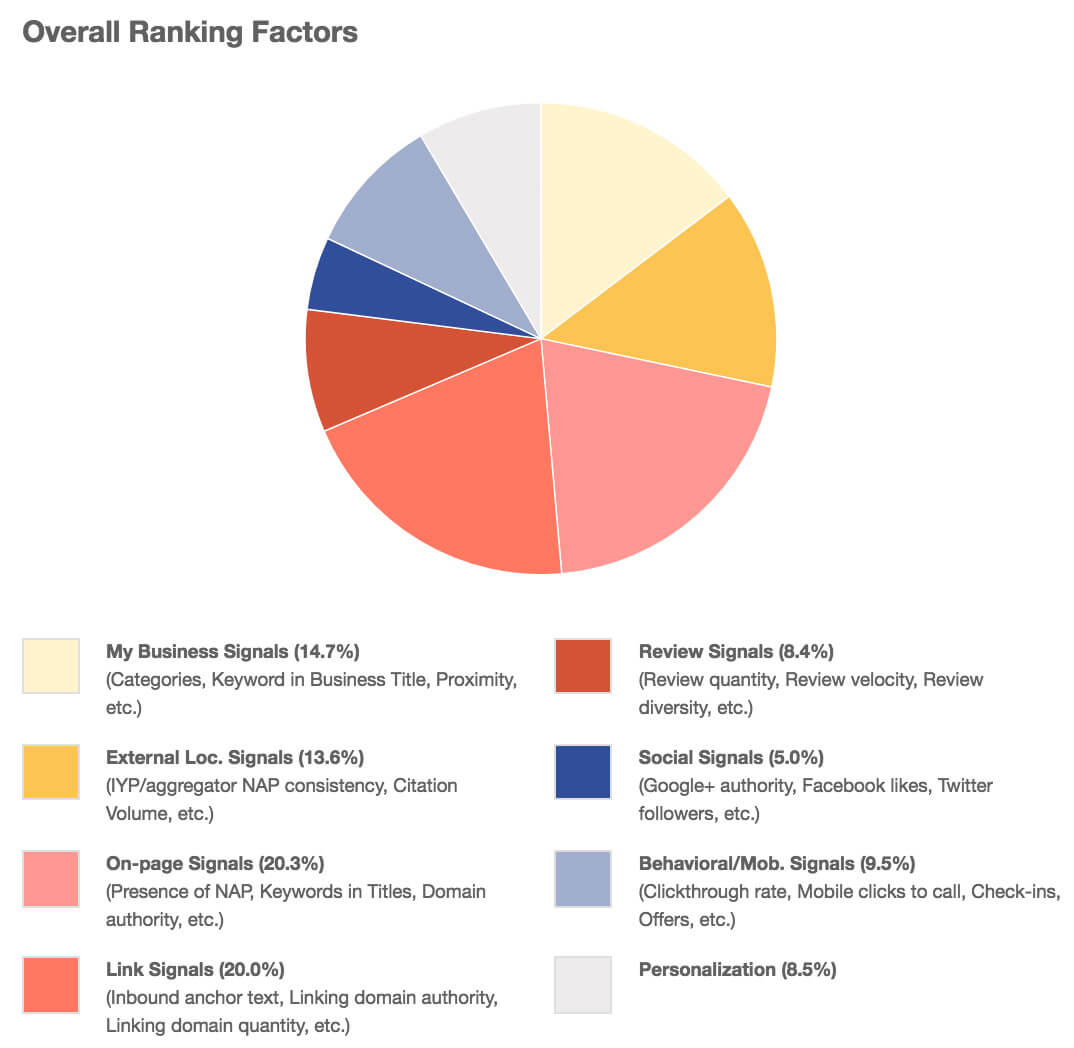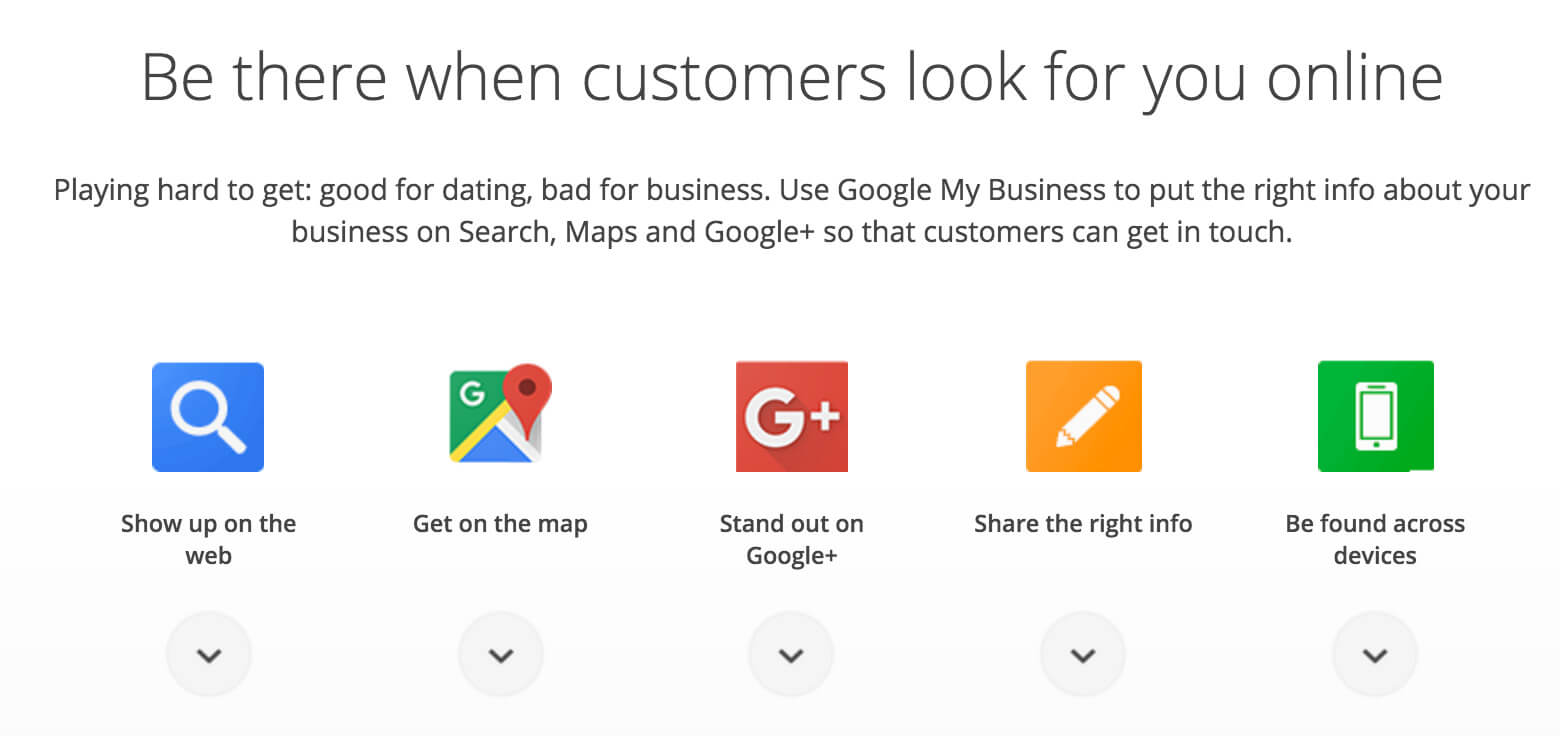How Tradies Can Rank Their Sites For Local Searches
Search makes it possible to reach local customers.
Regardless of which industry you are in, your potential customers are using search to find local services. But the reality is that those clicks will end up going to competing sites if your site is not ranking. Studies have shown that the top results get the most clicks. Even ranking on the second page is not enough as most people rarely click past the first page.

The implications are obvious.
Your site must be ranking at the top for your target keywords or your site will barely attract any clicks. It’s definitely easier said than done as you cannot simply slap up a site and expect to rank the next day. Ranking has become incredibly competitive. Not to mention that the local search pack now only displays three results.
Here is an example for a local search query:
 If you are tradie, here is how to rank your site in the local search pack.
If you are tradie, here is how to rank your site in the local search pack.
1. Optimise Google On-Page Factors
Content is one of the most important ranking factors.
Your pages need to be properly optimised for them to be found in the search results. Data from Moz has found that on-page factors have a significant impact (20.3%):

Optimise the following factors:
- Title tags: These are perhaps the most important on-page factor. Be sure to include your target keywords as well as the city that you are based in to rank for local keywords.
- Meta descriptions: These are short descriptions about your page. Include your target keywords and a call to action to increase click through rates. Keep the descriptions between 150 to 160 keywords.
- Headers: Headers are useful as they break up large blocks of content and improve the relevance of your pages. Instead of your primary keywords, include your secondary keywords here.
- Content: Aim to include your main keywords a few times throughout the content. But be careful not to over-optimise your pages as doing as can lead to a ranking penalty.
- NAP: NAP stands for Name, Address, and Phone Number. To rank for local searches, this information should be visible on all pages.
Optimise all on-page factors for each page.
2. Build Profiles on Local Sites
Local citations are mentions of your business name, address, and phone number on other sites.
Having more local citations from relevant association or business pages can help your site rank for more local searches as they provide a degree of legitimacy about your business. Get started first with Google My Business:

Be sure to completely fill out your profile including your address, phone number, operating hours, and a short description. Include quality images as well to help your listing stand out. To get listed on Google Maps, you will need to verify that you are the business owner.
When building local citations, always keep the NAP information consistent across all profiles.
3. Request Customer Reviews
Social proof is incredibly powerful as it lends a good deal of credibility to your business. Not to mention that consumers now tend to read online reviews. Data from BrightLocal shows that 92% of consumers read online reviews first before transacting with a business.

So how can you get more reviews?
Request your previous customers to leave a review on your Google My Business page. Ratings will then be displayed in the search results. However, don’t pay for reviews as it can result in a ban on your site from certain sites such as Yelp.
Conclusion
Local SEO is incredibly beneficial for tradies in any industry. Ranking for your target keywords can drive more traffic to your landing pages and generate more customers. Follow these tips as outlined above to rank your site in the local search pack.
